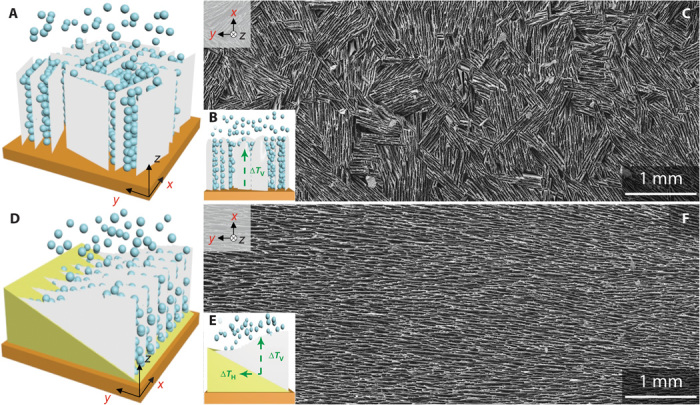Fig. 1. Scheme of both conventional and bidirectional freezing techniques and resulting scaffolds.

(A to F) Comparison between conventional (A and B) and newly developed bidirectional freeze-casting techniques (D and E), and resulting HA scaffolds with small-scale (multiple-domain) (C) and large-scale (single-domain) lamellar structures (F). (A and B) In the conventional freeze-casting technique, a single vertical temperature gradient (ΔTV) is used. The nucleation occurs simultaneously all over the copper substrate, and a horizontal ice profile is obtained. (C) This results in a short-range lamellar structure that contains multiple domains of various orientations in the plane parallel to the copper substrate. (D) With bidirectional freeze casting, a PDMS wedge is placed in between the slurry and the copper substrate. (E) This generates a horizontal temperature gradient (ΔTH) in addition to the vertical gradient (ΔTV). As a result, a wavy ice-front profile is obtained. (F) A large-scale (several millimeters and limited here by the mold size) monodomain lamellar structure that aligns preferentially along the dual temperature gradients is observed in the cross section parallel to the copper substrate. Representative scaffolds shown in SEM images in (C) and (F) were prepared from a 20 volume % HA slurry and using a cooling rate of 5°C/min. For the vertical cross section, see figs. S2 and S3.
